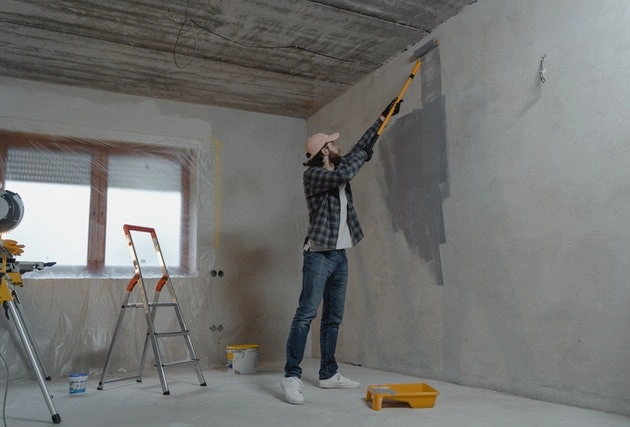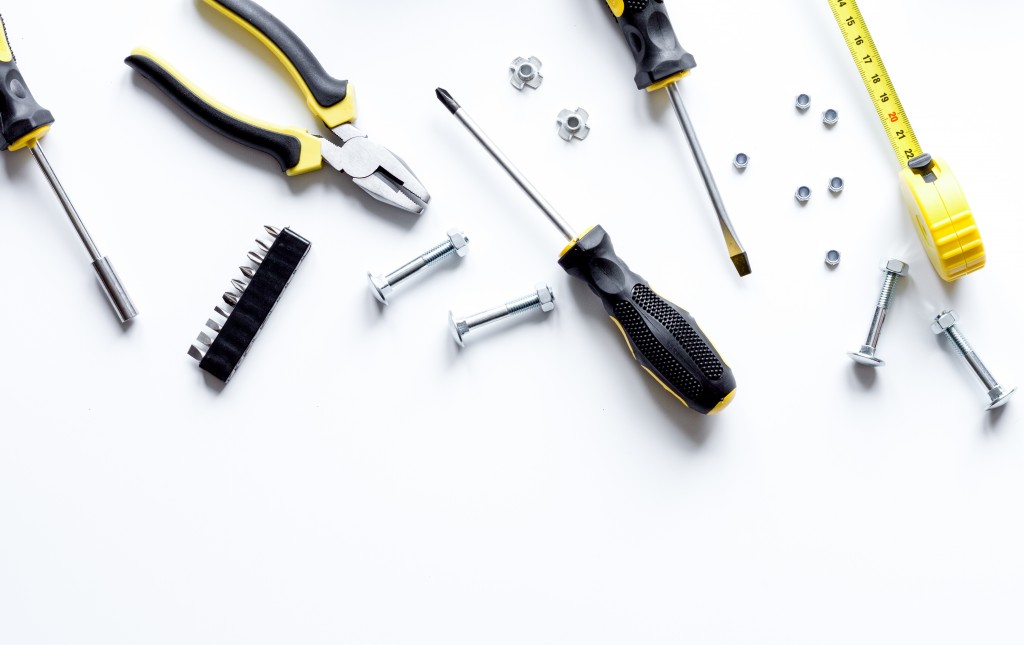The quarterly Westpac Housing Pulse report released in the last week of May shows that the housing market across Australia is in a boom. Property prices are exceeding the pre-pandemic record highs by 8.5 percent. The rate of sales is also exceeding the national pre-pandemic peak by 30 percent. The report predicts that housing prices throughout the country will increase by 15 percent by the end of 2021 and by five percent in 2022.
There is, however, another boom going on, and this is in the home renovation market. Many homeowners opt to spend on improving their current abodes rather than purchase a new one. The cost of renovation is lower than the cost of purchase, and the improvement increases the value of the property as well. People are remodeling kitchens, bathrooms, bedrooms, and living rooms. They are adding features to their homes such as a covered carport, deck, home office, gym, swimming pool, spa, or sauna.
Record-breaking Renovations
As early as December 2020, when the pandemic was still at its peak, a Property Seeker report found that among 6,700 Australians it surveyed, homeowners spent an average of $76,000 on renovations. Those who did it for style spent lower, at $68,000. Those who were renovating to sell or lease the home spent up to $107,000. Those who were renovating instead of purchasing a new home spent $108,000.
According to the Australian Bureau of Statistics, in February 2021, the monthly value of approved home renovations exceeded a billion dollars for the first time. In March, that figure rose to $1.14 billion. In comparison, the average monthly value of approved home renovations in 2019 was around $680 million.
In Victoria, a record-breaking 3,062 private residential renovations worth $373 million were approved in March. In New South Wales, 1,850 private residential renovations worth $317 million were approved in February. This was the first time the monthly value exceeded $300 million. In March, the figure further increased to 2,050 approved private residential renovations worth $354 million. In Queensland, 3,352 private residential renovations worth $255 million were approved in March.
The HomeBuilder Grant
In 2020, the Australian government offered the HomeBuilder grant to help in the construction of a new home or the renovation of an existing home. To qualify, the annual taxable income must not exceed $125,000 for an individual applicant or $200,000 for a couple. Construction or renovation must start within 18 months from the contract date.
For renovations, the grant limits work improvements on the home’s livability, accessibility, and safety. It does not cover non-essential additions such as pools, tennis courts, or outdoor spas.

From June 4, 2020 to December 31, 2020, the grant was $25,000. If the fund was for building a new home, the maximum property value was at $750,000. For a renovation, the maximum value of the existing property was at $1.5 million, and the limit for the renovation cost was from $150,000 to $750,000.
From January 1, 2021 to March 31, 2021, the grant was $15,000. For building a new home, the maximum property value differed per state. It was $950,000 in New South Wales, $850,000 in Victoria, and $750,000 in all other states.
Applications for the grant closed on April 14, 2021 and according to data from the Treasury, 121,363 applications were approved as of April 9, 2021. Among these, 22,110 were for renovations. Approved renovations numbered 6,909 for New South Wales, 5,971 for Victoria, 4,433 for Queensland, 2,247 for South Australia, 1,361 for Western Australia, 667 for the Australian Capital Territory, 494 for Tasmania, and 10 for the Northern Territory.
Other Sources of Renovation Funding
Those who did not qualify for the HomeBuilder grant sought other sources of funding for their renovations. According to the Property Seeker survey, 72 percent of the home renovators surveyed funded or intended to fund, their renovations with their savings or by using their home equity.
Savings have ballooned during the pandemic, with the Reserve Bank of Australia (RBA) stating that households saved $100 billion at the height of the crisis. According to the Housing Industry Association Limited (HIA), the household savings ratio second quarter of 2020 was 22.1 percent, the highest on record since 1959. In comparison, the household savings ratio at the same time in 2019 was 3.7 percent.
Some homeowners took advantage of the fact that soaring housing prices and low mortgage rates increased their home equity. They were then able to borrow from their equity to finance their renovations. This increased their home loan, but the low mortgage interest rates make monthly payments affordable.
Having a much-improved home provides excellent comfort in this time of crisis. The home is a refuge, and people deserve to shelter in a pleasant environment. Spending on home renovations is not a luxury in this sense.



